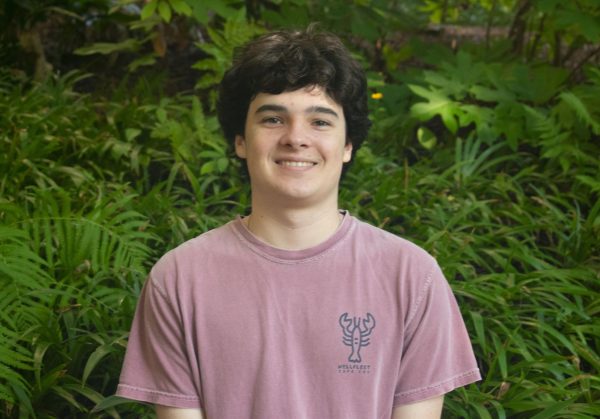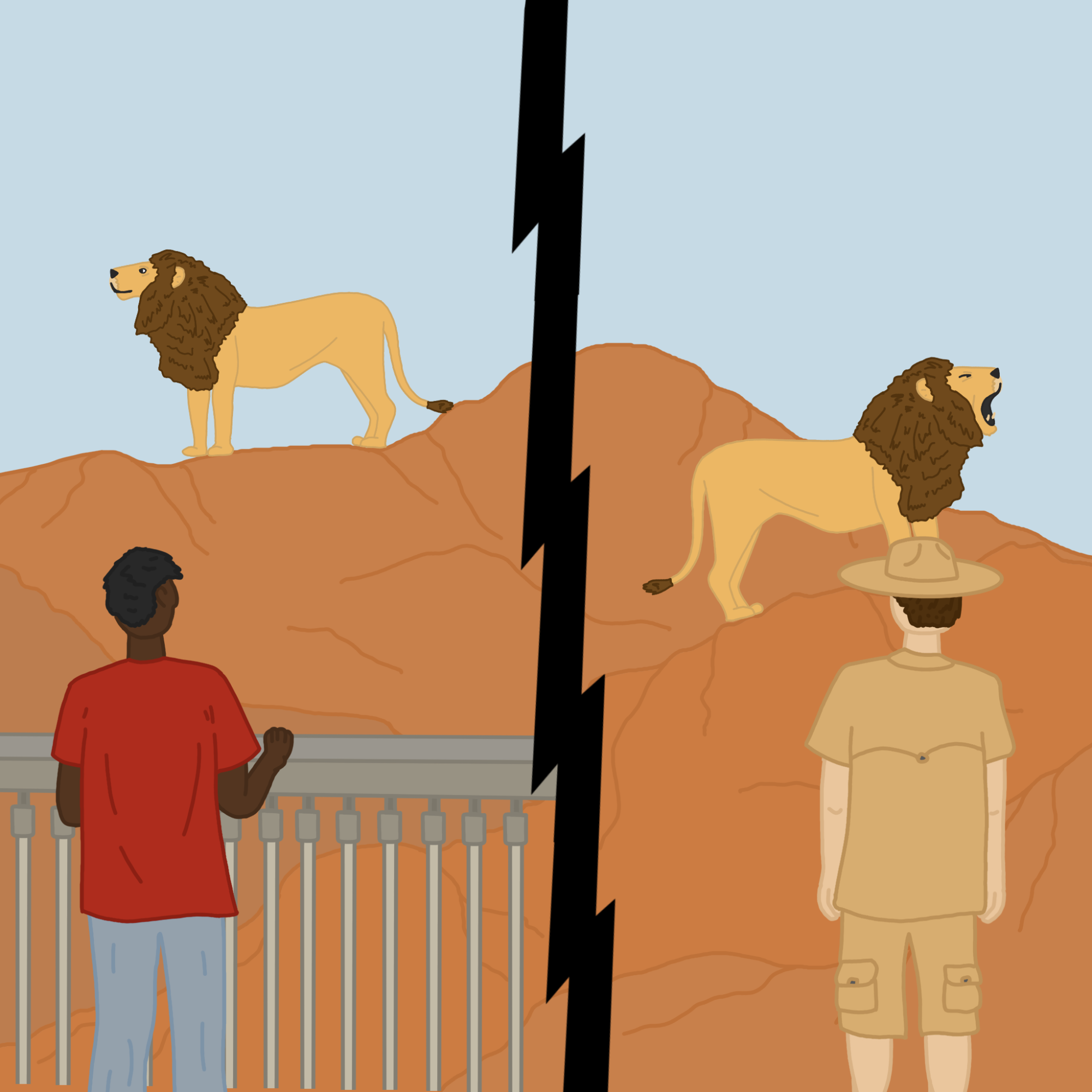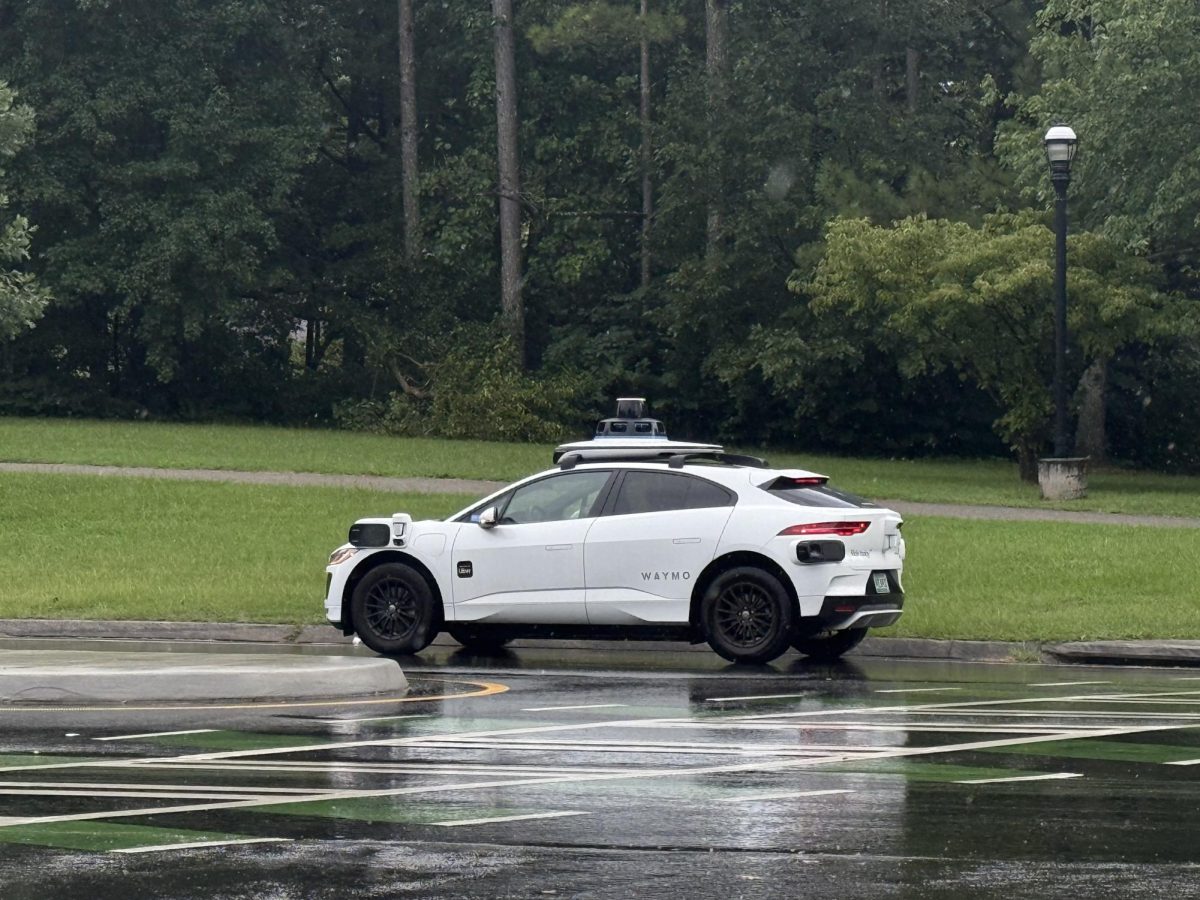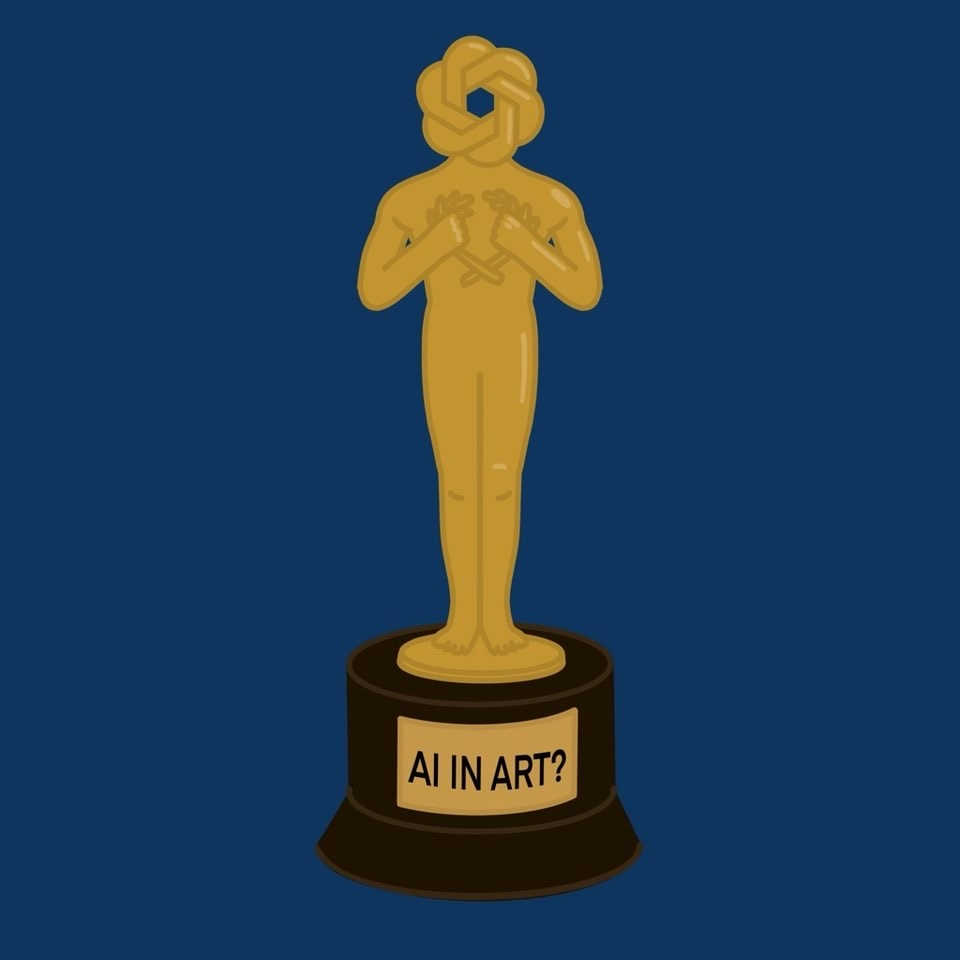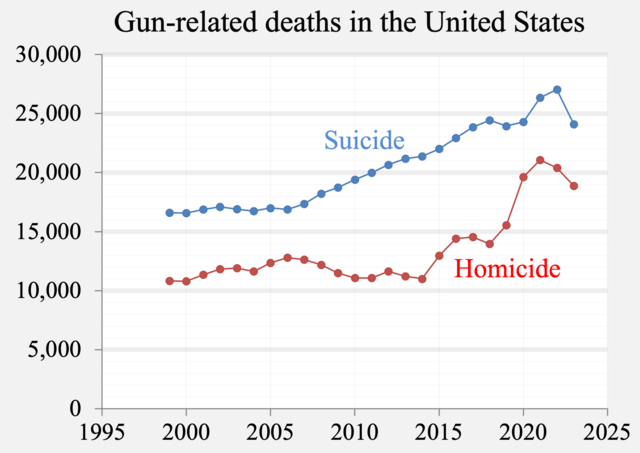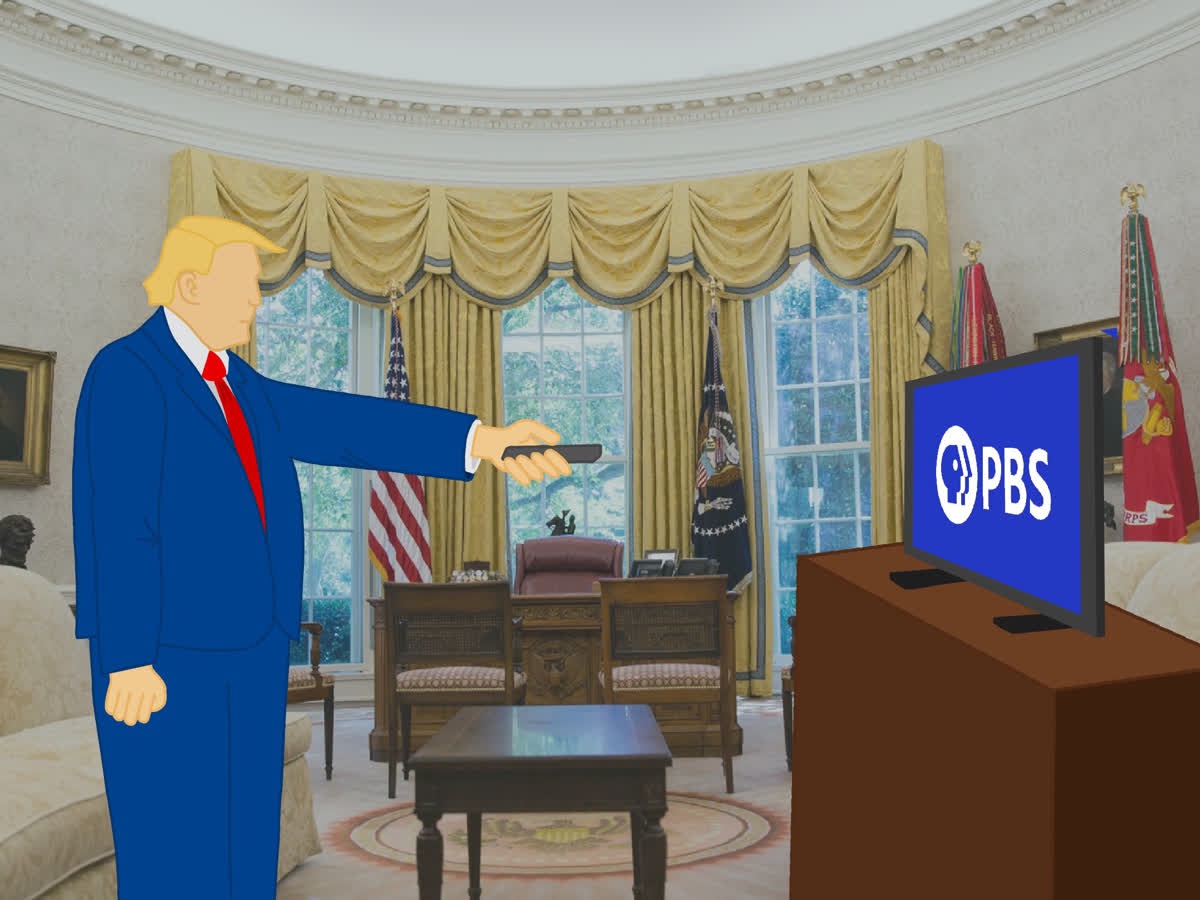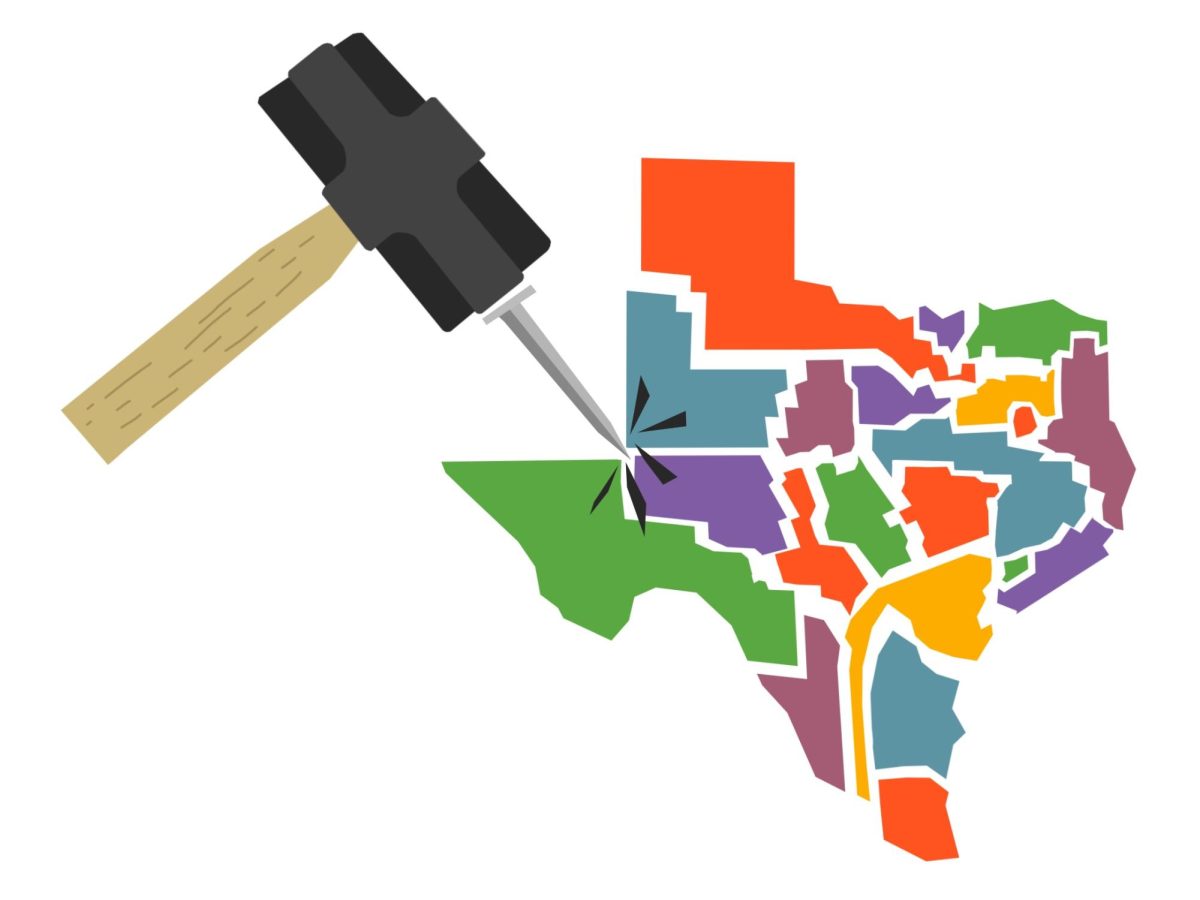Head to Head: Is it ethically justifiable to keep animals in zoos?
If you’ve ever been to the zoo, you more than likely have seen a tiger pacing endlessly along the edge of its enclosure. To the casual zoo-goer, this may seem normal, but it’s actually a sign of deep psychological distress. Zoos have long been promoted as places that are educating, conserving and full of wonder. However, the reality is much more concerning; keeping wild animals in captivity strips their autonomy, inflicts physical and psychological harm and enforces distorted views of wildlife.
Zoos ultimately promote the notion that animals exist for our entertainment. Behind their glassed enclosures, they become the next living exhibit. In a 2014 study published in “Animals,” they found that zoo visitors spend less than a total of two minutes at each enclosure offered and leave their visit with limited to no knowledge and appreciation for the species they observe. This normalization of wildlife seen as spectacle or something to do in your leisure time reflects the notion that it is acceptable to confine creatures for amusement. In a world that is increasingly aware of justice and ethics, it is worth questioning what zoos offer us.
At their core, zoos are places that are limiting and restrictive to countless animals. Elephants that roam hundreds of miles are now restricted to enclosures that limit their movement; birds that fly across skies are now clipped and paraded to the public. The conditions that animals in captivity face are not only physically limiting, but they strip animals of their ability to engage in the behaviors that define their species. Whether born in captivity or taken from their natural habitat, these species live lives curated artificially for human entertainment. No matter how “naturalistic” these enclosures seem, they are a sanitized version of the wild — one that benefits humans, not animals.
Many animals in zoos have recently shown signs of psychological distress. This condition, also known as zoochosis, is reflected through repetitive behaviors, such as pacing, head-bobbing and excessive grooming. These are not normal characteristics — but symptoms of evident suffering. Physically, conditions offer no relief. The polar bears we see in their “snowy” enclosures suffer from heat stress; giraffes have developed joint problems due to pacing in enclosures abnormal from their natural habitat. Even in modern zoos, problems such as shortened lifespans and obesity have been linked to their inability to replicate the natural ecosystems of animals.
Zoos have often justified their existence by claiming to protect endangered species from extinction, but this defense has often been debunked. The vast majority of animals at the zoo are not endangered and those that are rarely, if ever, are released into the wild. Instead, breeding programs have largely focused on maintaining zoo populations, with relatively few species successfully reintroduced into the wild.
Conversation should happen in the wild by habitat protection, anti-poaching campaigns and community-based efforts. The goal is to help these endangered animals survive, so our resources should be invested in supporting these initiatives instead of expanding artificial-based ecosystems behind fences.
A common argument in favor of zoos is their value to educating the public on animals. But what are we really teaching the next generation when we show them a lion behind a glass or a panda in their cage? Thankfully, we no longer need to keep animals in captivity to learn about them. Documentaries, interactive experiences online and books can offer an accurate and engaging alternative. These tools reiterate respect without having the dignity of these species at stake. Education should not come at the cost of animal autonomy.
In the past, zoos may have once served a purpose, but in today’s world, they are outdated and unethical. They restrict animals of their freedom and are questionable in their “benefits” to education and conversation. As our modern understanding of animal intelligence and emotion increases, so should our moral responsibilities.
As summer begins in Atlanta and schools end, many families look for an affordable, entertaining day activity for their children. For the many who choose Zoo Atlanta, their visit promises more than an exciting day looking at the over 220 unique species; it imprints a lasting commitment to environmental consciousness, and a genuine care for the variety of different animal life, which we coexist with. Zoos serve as a catalyst for inspiring people from all walks of life to care about wild animals, preserve endangered species and engage in conservation efforts which ensure the security of fragile ecosystems.
Zoos serve as vital conservation solutions for a variety of animal species, supporting endangered species through breeding, care and repopulation programs. One such example of conservation work in action was Zoo Atlanta’s effort to rehabilitate a species of giant pandas that is native to China. As a result of Zoo Atlanta’s efforts, including a $17 million contribution to conserving their natural habitat, the species was able to be removed from the International Union for Conservation of Nature’s list of endangered species.
Over 238 zoos across the U.S. have an accreditation by the Association of Zoos & Aquariums, meaning that they provide exceptional animal care and emphasize education. Every single AZA-accredited zoo works with a number of conservation organizations, allowing them to conduct research internally and among other zoos. These partnerships allow zoos to create an ever-growing network to implement and design new programs which safeguard species from endangerment, and ultimately extinction. Zoos allow us as a society to have an opportunity to preserve our planet’s biodiversity, which is the cornerstone of a healthy ecosystem. A common fact among many biologists and wildlife experts is that each unique species has a distinctive role in their environment, and losing one, whether through human actions or ignorance, oftentimes will have far-reaching, disruptive effects. Supporting zoos enables society to uphold the food chains, which keep us from going extinct ourselves, as well as the species which we have harmed through deforestation, overfishing or habitat destruction.
While zoos of the past provided rudimentary or sterile enclosures for their animals, modern zoos strive to mimic animals’ natural environments in their zoo habitats. Stimulating features like waterfalls, diverse activities, which offer animals choice within their enclosures and rotating diets that satisfy animals’ natural desires. All of these measures are aimed at promoting their wellbeing. Features like open spaces, vegetation and climbing areas have been proven to enhance zoo animals’ experiences, as well as demonstrating to visitors how animals behave in their natural environment. Many zoos are actually able to replicate complicated habitats down to minute details, meaning that animals are not even aware that they are within a zoo.
The vast majority of people will never have the opportunity to see rare animals in the wild, but education and real-world connections inspire people to care about species and their habitats. Zoos are particularly effective at helping visitors understand their moral obligation to protect animals at risk, even if they were uninformed about the species’ status previously. A study by the AZA on the educational impact of zoos found that a majority of visitors could talk about their experience several months after a visit, and a third said a visit contributed to their concern for animal welfare and conservation. Teaching people about the choices they can make to uplift animal life is the most important way to ensure a respectful, diligent care of all species on Earth, endangered or not.


